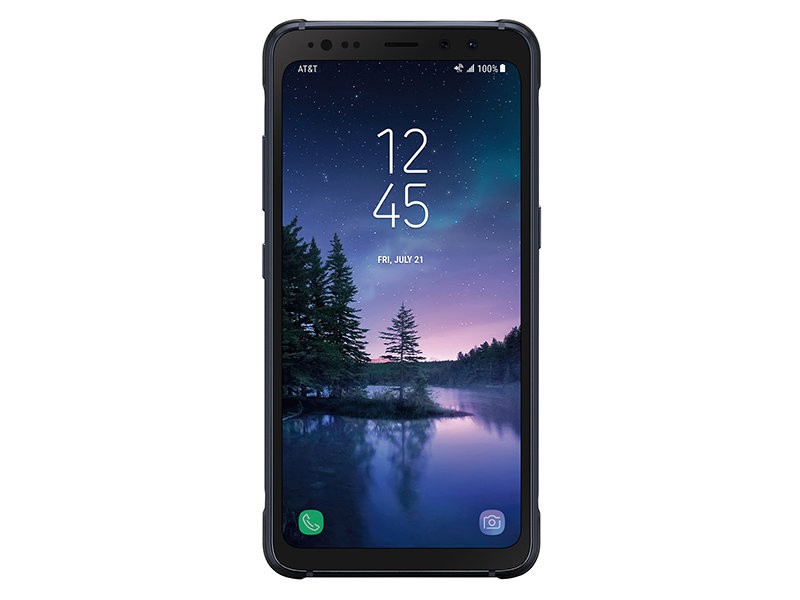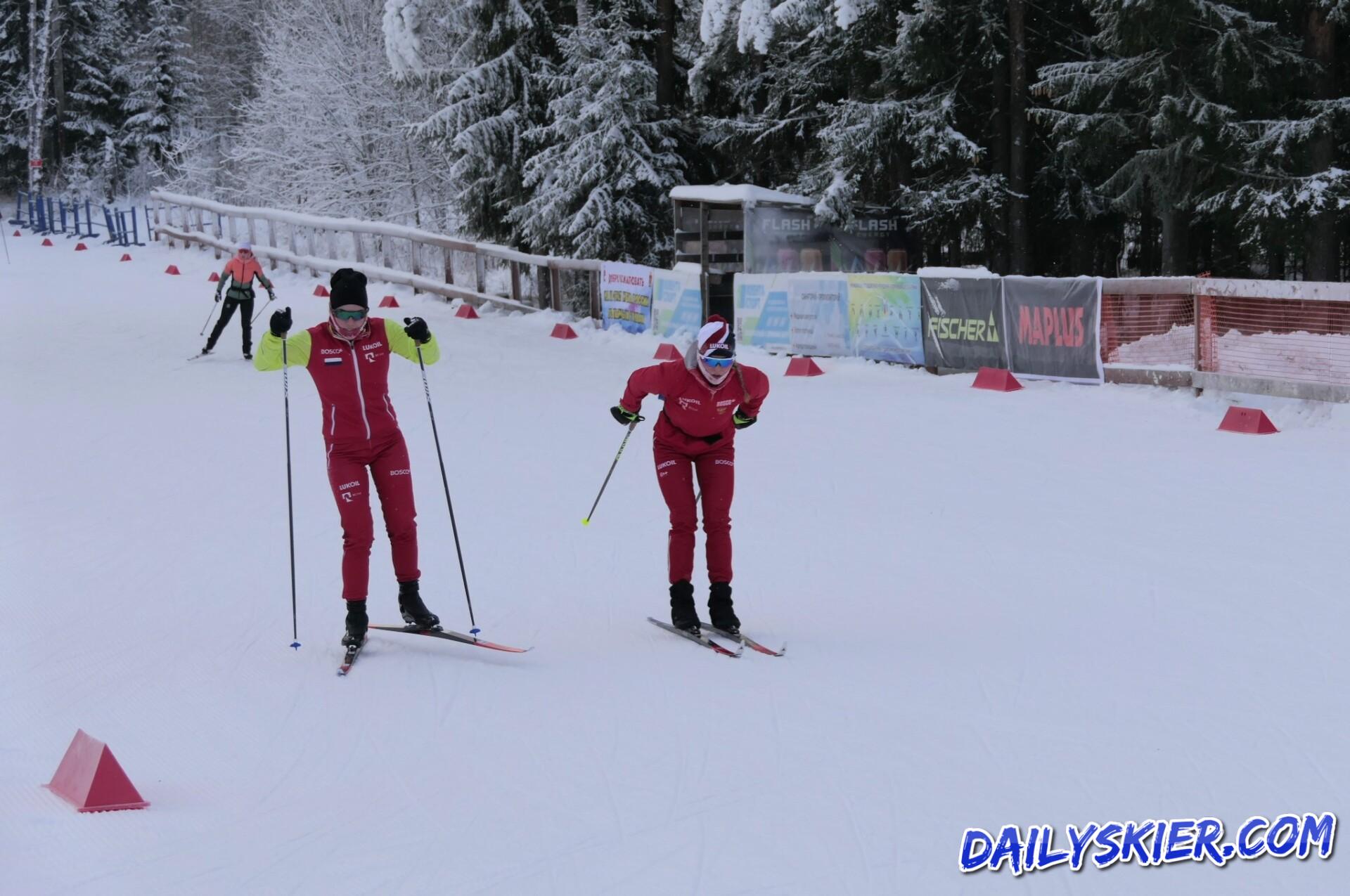
Have you geared yourself up for the upcoming winter? No, we are not talking about new skis, poles or waxes.
It’s about mobile phones.
If you go out without having your phone on you – then you’re brave. It also likely means that you’ve been born some time before this century arrived as no young man or woman these days can part with their phones for longer than five minutes when awale.
Seriuosly, we do hope you carry a mobile phone on you every time you go skiing – safety first, as they say. Then convinience.
Of course, you could get away with having any phone – and some swear it worked for them in years. But do you really want to risk having your device suddenly giving up miles away from a nearest warm hut?
Because the sport of cross country skiing is a bit like a mobile phone tester’s paradise – depending on where you keep yours, it’s a subject to substantial temperature differences i.e. between your warm body and extreme cold outside plus humidity.
Do not discard the “salt issue” – as it happens, your sweat is full of it and if it leaks into fragile electronic circuitry….
Add a chance of occasional dip into snow/water – and you really should start looking for something that has been built for active lifestyle – yours.
Nearly everone have heard by now of numbers like IPXX where IP stands for “International Protection”, a standard developped by the International Electrotechnical Commission (IEC) – and XX is a level of protection. The first of those digits is of a little concern to a skier – it’s about “dust ingress”. The second is the one you should care about – the higher the number, the more water resistant your smartphone is.
Currently there are ( largely but not exlusively) two types of protected phones on the market: IP67 certified and IP68 certified.
All recent IPhones – 7, 8 and, yes, X are offering IP67 protection – which in practice means you should be okay, if it falls in deep snow or even if you keep it close to your sweaty exercing body. The key words here are ” should be”. In our humble opinion – close, but no cigar .
Leading Android device manufacturers, however, have recenty moved onto IP68 – which means that it should be able to “be underwater for 30 minutes at depths of up to 1.5m”. Since no cross country skier is expected to go that deep in snow for so long – that’s, probably your lucky compromise ( of which later)
Here are some IP68 smartphones currently on the market, each of which would not ony serve as your emergency device, but to have your maps and Strava running smoothly while on ski tracks.
https://www.instagram.com/p/BXpxigVhFS_
https://www.instagram.com/p/BbUoiAGhy8h/
https://www.instagram.com/p/BbUwL2lnIVn/
https://www.instagram.com/p/BbAA7hXhKyD
For those, however, who need serious protection – that, frankly, exceed demands of cross country skier and is only relevant in context of this story if you’re of habit of dropping your precious device while rollerskiing – there are smarthones that pass the US Military Standard 810G
MIL-STD-810G phones are not new on the market – but the problem with them has always been their bulkiness and relatively small screen size
Not any longer.

Samsung just put out on the market its Galaxy S8 Active. It is expensive and relatively difficult to find but it’s seriously slimmer than previous rugged phones – at 200g it’s also fairly light while sporting premium specs – and a larger battery than its more common S8 cousin.
https://www.instagram.com/p/BXzimy5BgBp/
LG’s foray into “rugged phones world”, G6 is even ligher – only 163g. The manufacturer says it passed” 14 Different Military Standard Tests— including temperature and environmental extremes, pressure, vibration, and shock, as well as salt, sand, dust, and water immersion — with flying colors”
Bottom line:
More and more people are using them smartphones while exercising ( heavily) – finally, the manufacturers have figured out how to produce one to be the jock of all trades: powerful enough for everyday life yet protected and light for sport. Way to go! Next stop – figure out functioning holographic displays to work with those phones, please.
